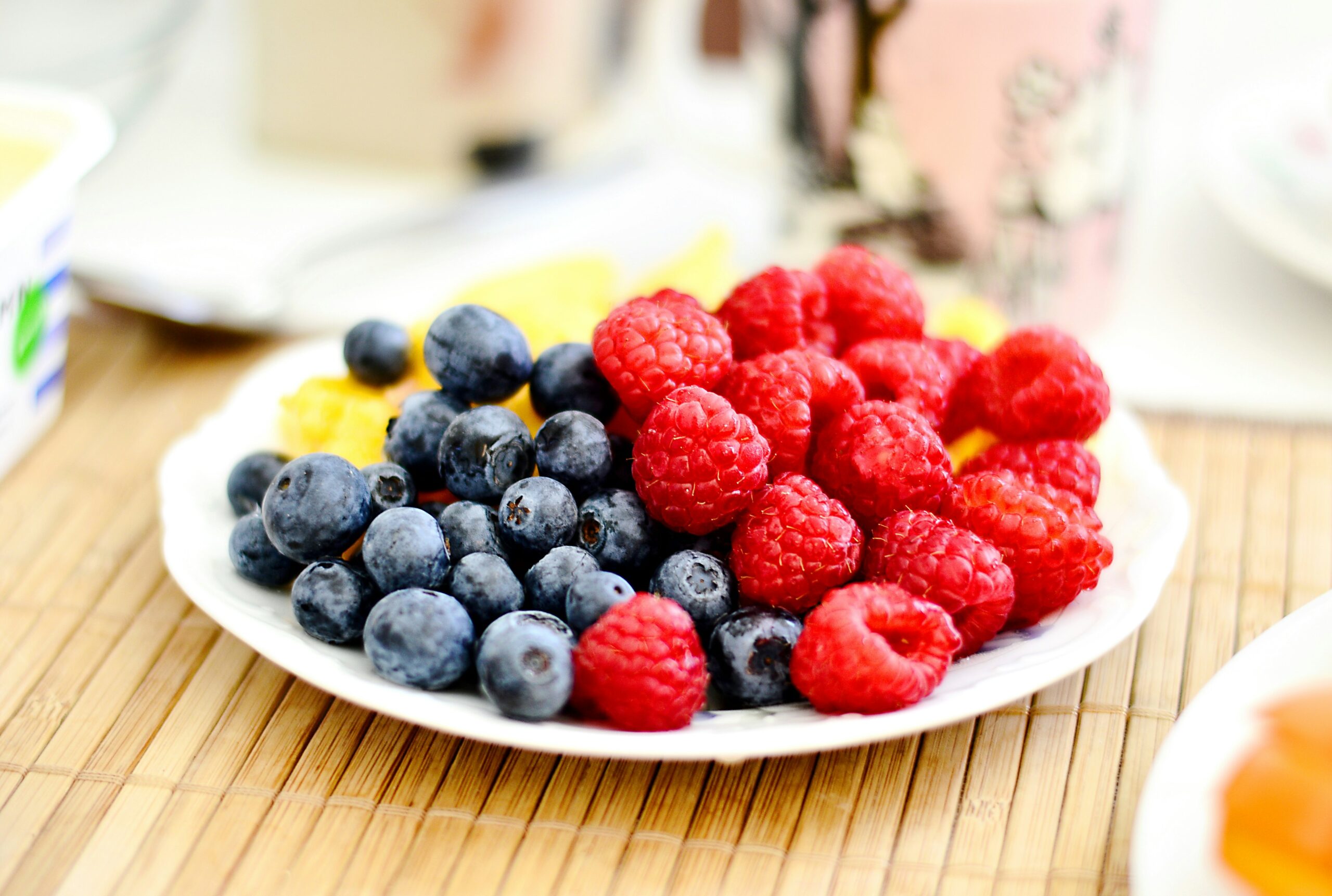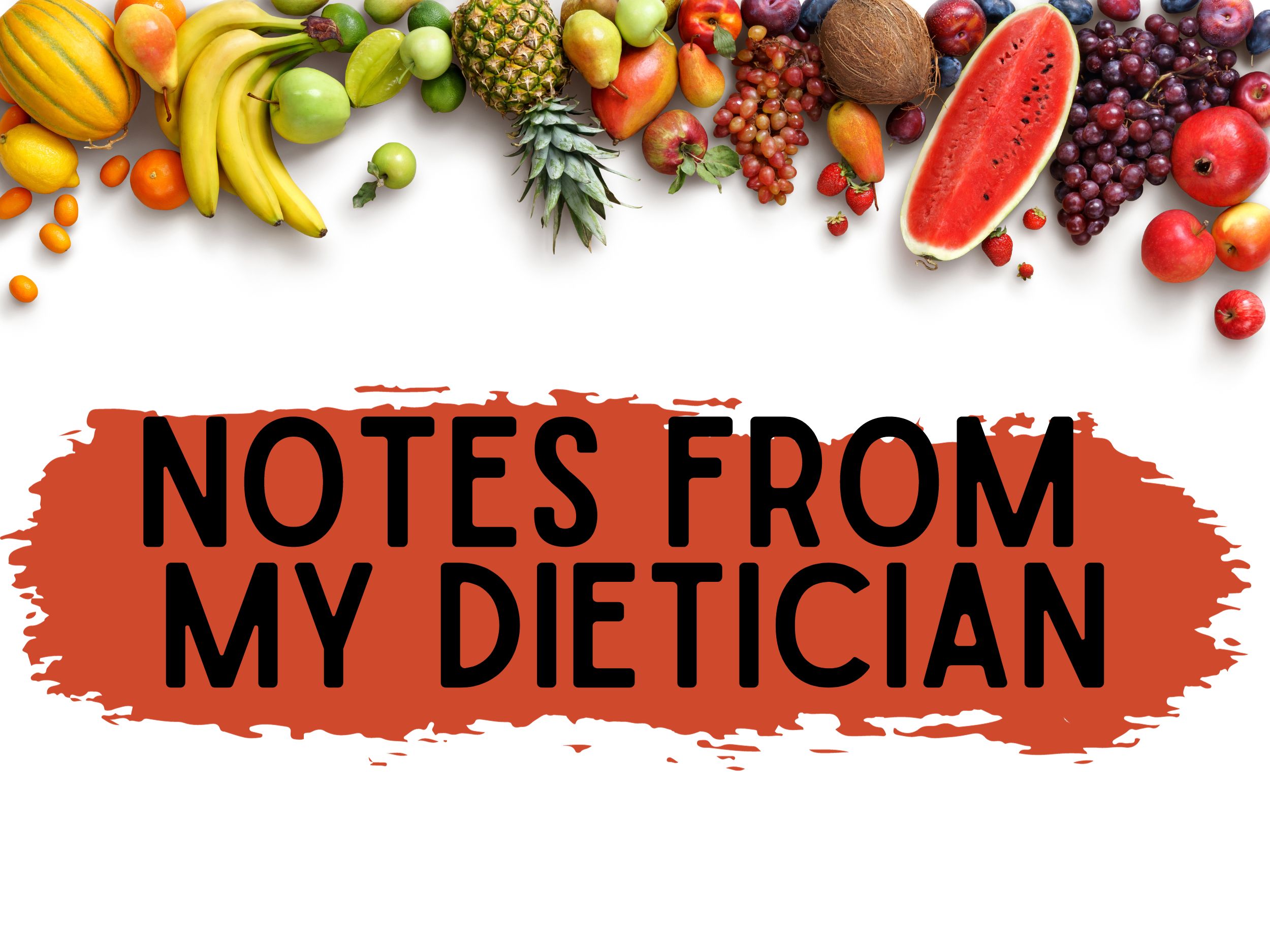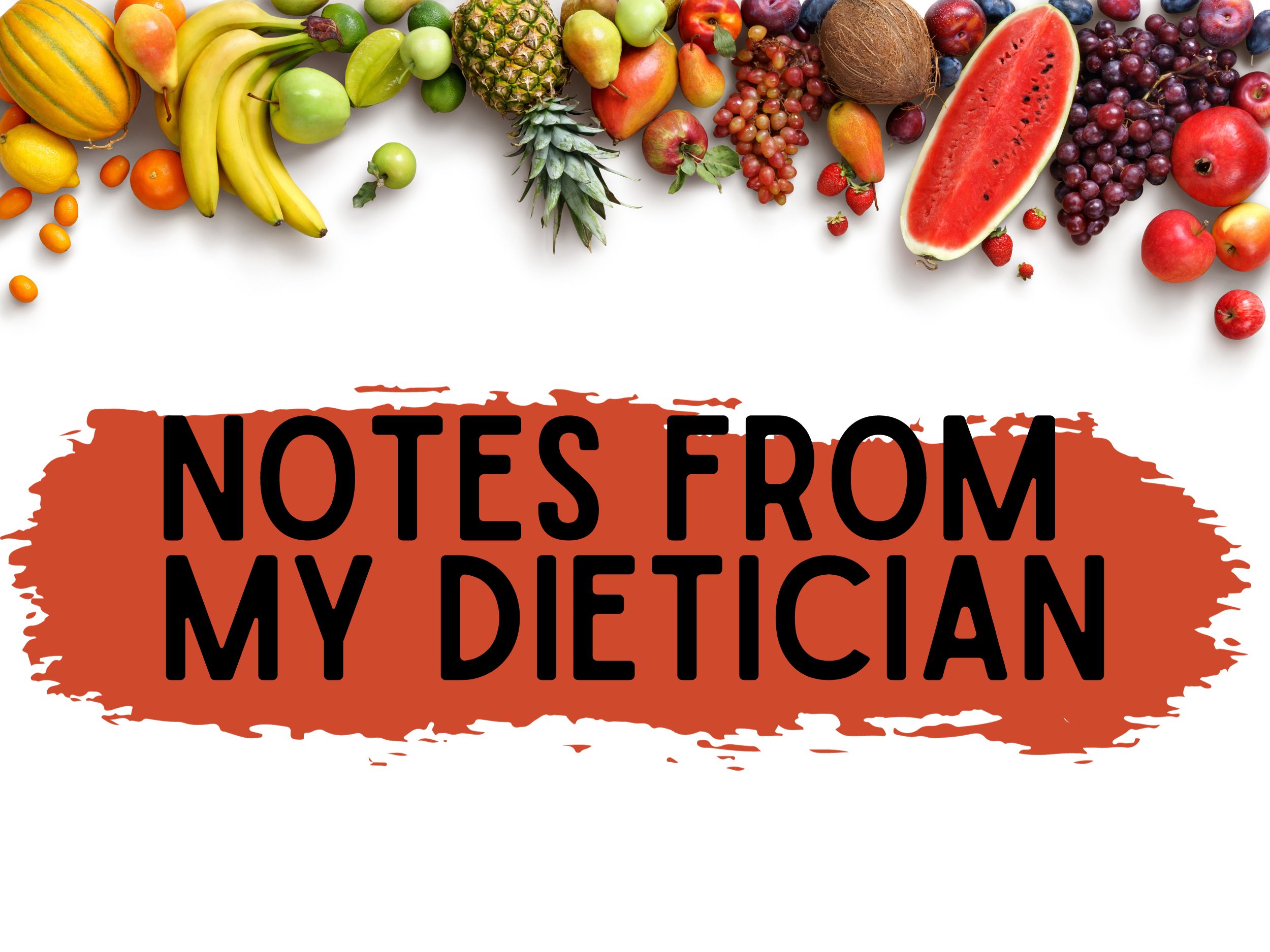When I posted about my improved bloodwork numbers on Friday, a few people asked me to share the changes I made. And I am very happy to do so!
First, a disclaimer: I don’t know exactly what moved the needle. When I had bloodwork done in January, I was shocked by some of the numbers. The most troubling was my A1C at 6.6%. Anything over 6.4% is a marker for type 2 diabetes. My fasting glucose was also abnormal, indicating diabetes. But my doctor wasn’t keen to start me on medication, as I’m still quite young to have numbers this high without first trying lifestyle changes. So I left her office with a clear goal: clean up my eating and see if it helped.
Given that diabetes doesn’t run in my family, I felt confident that my elevated levels had to do with my unhealthy eating habits, not anything related to genetics. And that meant I had control. I have the power to make changes and improve my bloodwork. And I fucking did that. I am so proud of myself for making the necessary changes and so relieved that my hard work paid off in the form of vastly improved bloodwork.
Here’s how I did it.
First, I focused on the easiest swaps.
I knew I couldn’t completely overhaul my diet overnight. That would never work, and it wouldn’t be sustainable for the long term. Instead, I started with simple, low-effort changes that felt manageable. Here are some of the swaps I made:
- White rice → brown or basmati rice
- White bread (for toast) → sourdough bread
- Instant oatmeal → lower sugar instant oatmeal (same brand and flavor, just half the sugar—and honestly, it tastes almost the same!)
- Lessening the creamer I add to my morning coffee (from 3 tablespoons to 1.5 tablespoons)
- Sugary Starbucks drinks → vanilla sweet cream cold brew (about 40g less sugar than a peppermint mocha and 20g less than a caramel macchiato, my former go-tos!)
These changes didn’t take much effort—just a willingness to try something new. But I knew if I really wanted to turn things around, I had to face my biggest challenge: my sweet tooth.
Second, I took charge of my sweet tooth.
Arguably, the biggest change I made over the last three months is significantly reducing the amount of soda I drink. I am a Dr. Pepper girlie through and through, and I do not like diet soda, and I was drinking it daily. I would buy those little, 7.5-ounce cans at the grocery store and made a rule with myself that I could only have one can a day, but there were more days than not when I would drink two or three (or four…) cans a day. If I needed a pick-me-up, if I wanted something sweet with dinner, or even if I was just thirsty, Dr. Pepper was my go-to.
Once I finished up the last pack of Dr. Pepper, I told myself I could no longer keep Dr. Pepper at home. I could have it at a restaurant or pick up a 20-ounce bottle at the grocery store, but it could no longer be a daily habit. This was so hard at first. Soda was such a crutch for me, but now that I’m three months in, I can happily say that I have gotten used to not having Dr. Pepper at home. I keep Waterloo seltzer on hand when I need something sweet and fizzy, and that seems to keep the cravings at bay.
Another big change I made was limiting the amount of sweets I keep at home. I used to have so many sweets on hand because I wanted to be able to satisfy my sweet tooth whenever a craving hit. Whether that’s a handful of Hershey kisses, a bowl of ice cream, or Little Debbies, I always kept an array of different options to choose from. Now, I only keep two treats in the house:
- Dark chocolate candies for an after-lunch treat (dark chocolate is not something I crave, and it’s so rich that I’m not tempted to eat more than a couple of pieces at a time)
- Ice cream sandwiches for an after-dinner dessert (ice cream doesn’t tempt me in the same way other sweets do, and ice cream sandwiches are lower in sugar compared to other comparable options)
I still let myself enjoy desserts when I want them. For example, my family does game night every other Saturday, and my mom and I trade off baking a dessert for it. If I want to go out for ice cream or order dessert with dinner, I do. I don’t believe in deprivation, and I knew I needed this to feel sustainable. Telling myself I had to turn down dessert every single time it was offered would have made me crazy.
I’d be lying if I said I never questioned whether I was doing enough. I wondered if I’d regret not cutting out sweets completely—if my A1C or fasting glucose didn’t improve because I hadn’t tried harder, would I feel like I brought this on myself? But at the same time, I had to be realistic. Giving up sweets entirely wasn’t something I wanted to do. How joyless would that be?! That’s not the kind of life I want to live, even if it meant I’d end up with a diabetes diagnosis.
Third, I read a book.
Tobia recommended the book Glucose Revolution to me many months ago when I talked about needing to lower my blood sugar. She read it to help with her migraines, and it’s actually has helpful insights for all kinds of health concerns. In fact, the reason the author went on this journey was to better understand her mental health and how food, and glucose in particular, could be affecting her life. It’s incredible to think about all the different ways food impacts the way our bodies and brains work!
I’m not someone who enjoys diet-related books, and I’ll admit the second half of the book lost me a bit. Some of the recommendations—like drinking vinegar before every meal, starting every meal with salad, and taking a walk after every meal—felt overwhelming. But overall, it was an eye-opening read that allowed me to better understand how my body works and the small changes I can make to lessen glucose spikes.
The first section of the book, which dives into the science behind the foods we eat, helped me understand what’s actually going on in my body. Here are some of the notes I took:
- The primary sugar molecules in food are glucose, fructose, and sucrose (sucrose is a combination of glucose and fructose).
- Whenever we see a glucose spike after eating something sweet (like a cupcake), there is a corresponding fructose spike that we cannot see. (Science hasn’t found a way to measure fructose spikes, only glucose spikes.) But a glucose spike after eating something starchy (like white rice) does not have the fructose spike and is therefore less harmful.
- A glucose spike happens when we deliver glucose to our cells too quickly, and our cells cannot use it for energy. That’s when our body releases free radicals, which can be dangerous (some free radicals can lead to cancer). We can live with a moderate amount of free radicals, but too many of them and our body goes into oxidative stress (which drives heart diseases, diabetes, cognitive decline, and aging).
- Fructose increases oxidative stress more than glucose alone. This is why a glucose spike with a sweet food is worse than one with a starchy food.
- Insulin’s sole purpose is to stash excess glucose into storage units throughout the body to protect us from the free radicals getting it. Storage units include the liver (in which the glucose is turned into glycogen, which is not harmful to us) and muscles. Once those units are full, the glucose is turned into fat and stored in our fat reserves.
- Fructose can ONLY be stored in our fat reserves.
- The more glucose spikes we have, the more insulin that’s released in our bodies – chronically elevated levels of insulin are what bring about health problems.
- Insulin decrease is the KEY FACTOR in losing weight.
So that’s a lot, and I will be honest: I am not a doctor or a scientist, so I am trusting that the author got the science right. If anything rings untrue, please let me know!
There were a few key things I put into practice after reading this book:
- The proper order of eating food – To slow down the breakdown and absorption of glucose, there is a proper way to eat food. Start with fiber (veggies), move on to protein and fat, and finish with starches and sugar. Obviously, it’s not possible to eat this way for every meal, but I do try to follow this method for most meals. For example, most of my dinners combine a veggie (like green beans) with a protein (like chicken) and a starch (like rice). So I eat in that order to lessen the glucose spike I would have gotten if I ate my starch first.
- Assessing food labels – Stop with those damn calories, people! Instead, consider the sugar, carbs, and fiber of a food to determine a food’s nutritional value. First, look at the ingredient list. If sugar is a top-five ingredient, then the food is likely to cause a glucose spike. Second, look at the nutrition facts. Ideally, a serving of food should have 1g of fiber for every 5g of carbs. So when you’re looking at nutrition facts, divide the number of carbs in the serving by 5. The fiber grams should have that amount of fiber. AKA, if the food has 25g of carbs, it should have 5g of fiber, or close to it.
I’m not perfect at following all of these practices, but what matters most to me is being more mindful of what I’m eating and how it might affect my blood sugar. Before making these changes, I couldn’t go more than a few hours without a blood sugar crash. I would get shaky, hot, and dizzy, and I needed to eat something immediately. It was really affecting my life. I had to constantly think about food: how to keep my blood sugar stable, what snacks I’d need, and what would happen if I couldn’t eat at a certain time. It was exhausting. I still experience hypoglycemia episodes from time to time, but they’ve become less frequent and when they do happen, they feel a lot less dramatic.
What’s Next?
Cleaning up my diet and trying to lower my blood sugar has been the driving force in my life over the past three months. And while I’m proud of the progress I’ve made (it’s so cool to see that my fasting glucose and my total cholesterol are normal!), I have more work to do. My A1C is still at the very top of the prediabetes range, and several of my cholesterol numbers remain high.
I want to build on the healthy habits I have implemented over the past three months. For example, there are some habits from Glucose Revolution that I’d like to implement just to see how they improve the way I feel:
- Eating a salad before lunch and dinner – I need more veggies in my life and this is one way to make that happen. Plus, it would help lessen any glucose spikes.
- Trying apple cider vinegar – My stepdad swears by the health benefits of ACV and he might be on to something. I’d like to give it a shot and see what happens.
I still need to make a lot more changes to the way I eat (hellllllo more fruits and veggies!), but I am proud of the changes I did make and that I did it in a way that feels sustainable and satisfying.



